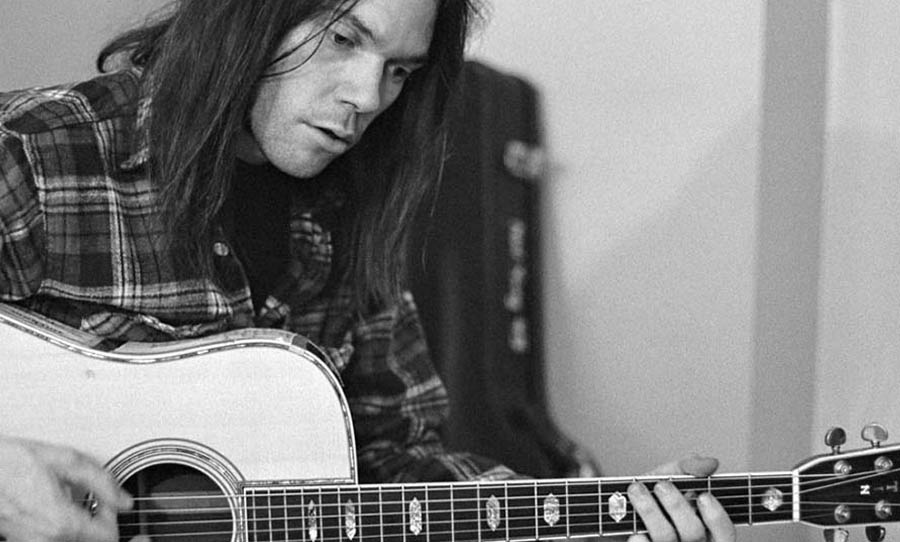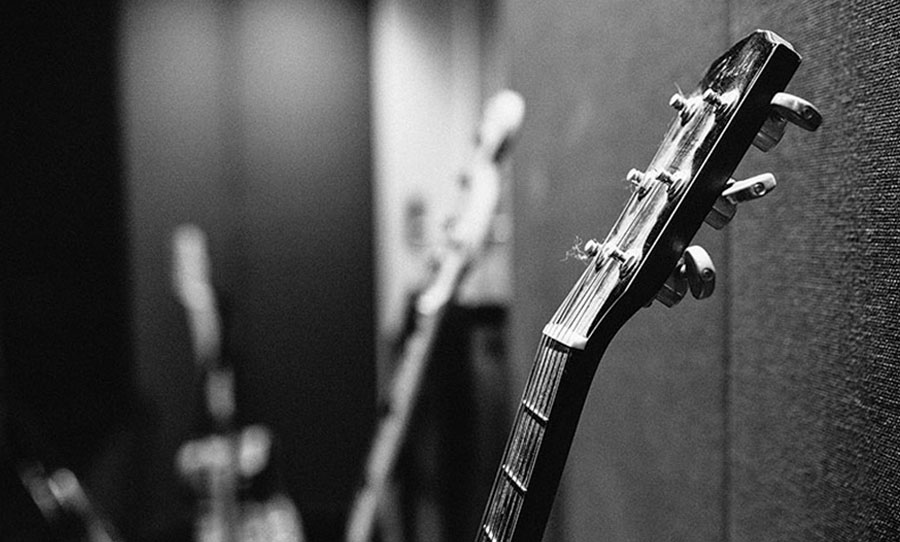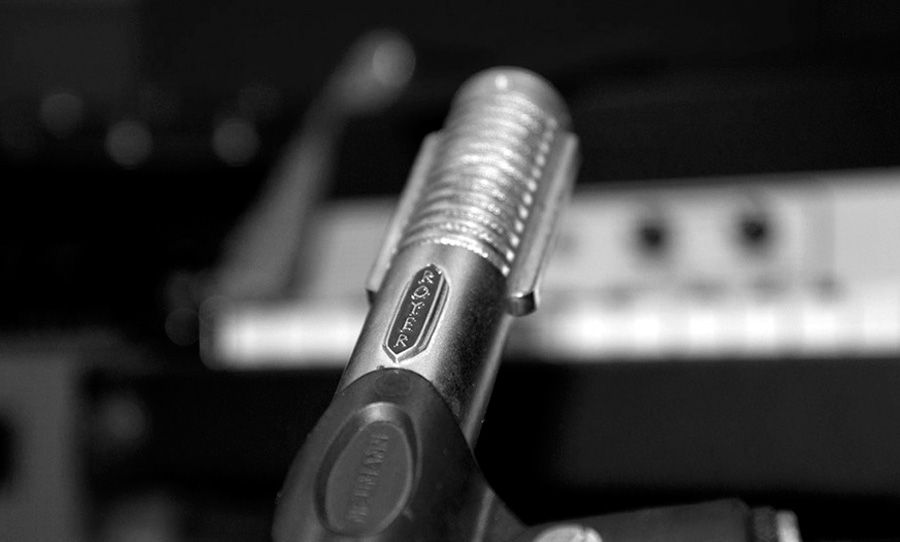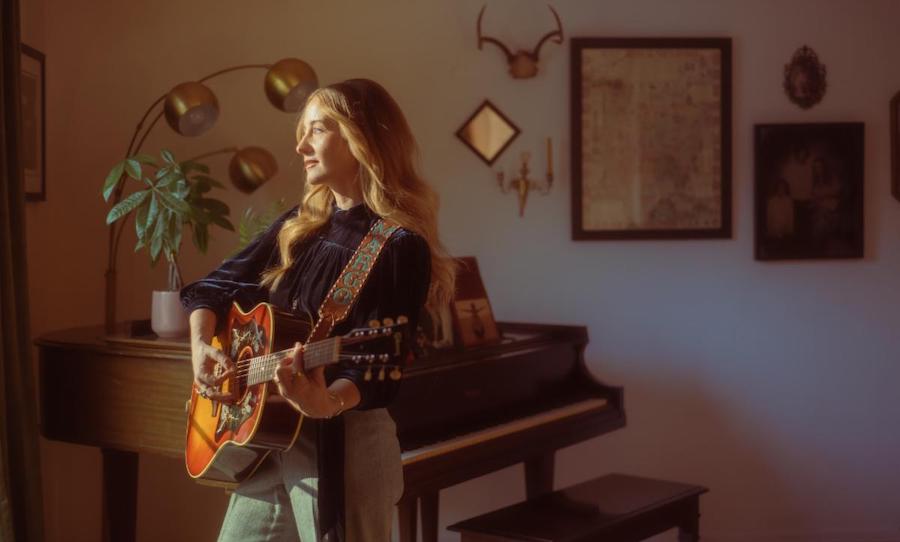Pulling a well-balanced and intimate acoustic guitar sound is a powerful experience. This is because it’s an instrument that forms the bedrock of many a musical style and, for some artists, is integral to the identity of their artistic output – perhaps more so than any other instrument ever could be.
The acoustic guitar is versatile instrument and is employed in many ways, fulfilling a variety of musical roles. What’s important to understand when capturing the acoustic is its role in the arrangement. Does it carry the melody? Is it an entire accompaniment for a singer songwriter, or is it playing a textural role in a larger group?
We take a look at the three main considerations in regards to acoustic guitar miking including the environment you’re recording in, the position of the microphone and microphone choice itself.
The Environment
Acoustic guitars tend to be quiet by instrumental standards. As such, they are subject to the vagaries of environmental acoustics. The further away you mike up the guitar, the more the room sound plays are role in the overall tonal balance. So even if the room is not completely sympathetic in an acoustic sense, finding a way to get the room to work for you is important.
If the room is too dead – meaning lots of absorptive studio material and little natural reflection – miking up closer to the guitar might be a good place to start, because you won’t get much reinforcement from reflective materials. This type of room can be helpful in miking accuracy because you’ll hear a true sound directly from the instrument without too many confusing reflections.
Conversely, more lively rooms can provide helpful reflections which may reinforce a sound that could be naturally lacking in strength. In this case, a more distant position may desirable, especially if the room sounds great. If the room isn’t sounding great to your ears though, this can be a little troublesome, so reaching out for more absorption could help to focus the acoustic environment and keep the sound under control.
Positions
It may sound like some good ol’ common sense, but the best way to find a great miking position is to listen to the guitar in the room. If you carefully listen along the length of the guitar, you find a variety of tonal colours.
Though it has a soundhole, the whole body of the guitar is designed to resonate in a ‘bloom’ shape. There’s no single ‘best’ sound, but a ‘balanced’ sound can be achieved by finding a spot that combines the thin and toppy sound of the neck, with the rich and boomy sound of the body. The balance is important, because the attack of the steel strings can be somewhat lost if you choose a position that emphasises too much of the body, too much neck sound, and it becomes anaemic and lifeless.
Microphones
Though the beauty of microphones lie in the beholder, it’s safe to say that dynamic microphones are rarely used on acoustic guitars. They simply lack a lot of the high and low frequency detail required to provide a realistic picture of the acoustic guitar.
Condenser microphones are highly sought after in this field, because they have the capacity to capture the complex frequency responses that are offered by the acoustic.
Ribbon mics – like the Royer 121 – are excellent at capturing the rawness and realism of acoustics, but can be a tad more temperamental that condensers, and don’t typically put out a powerful signal. Trying any type of microphone on the acoustic is a worthy experiment, if only to find out what not to use.
Open mindedness is key when approaching the acoustic guitar. Every artist that you encounter will have a deep relationship with their guitar, and will have imagined an idealised sound for it. Every time you mike up the acoustic guitar, it might be different, so embrace the experimentation.


